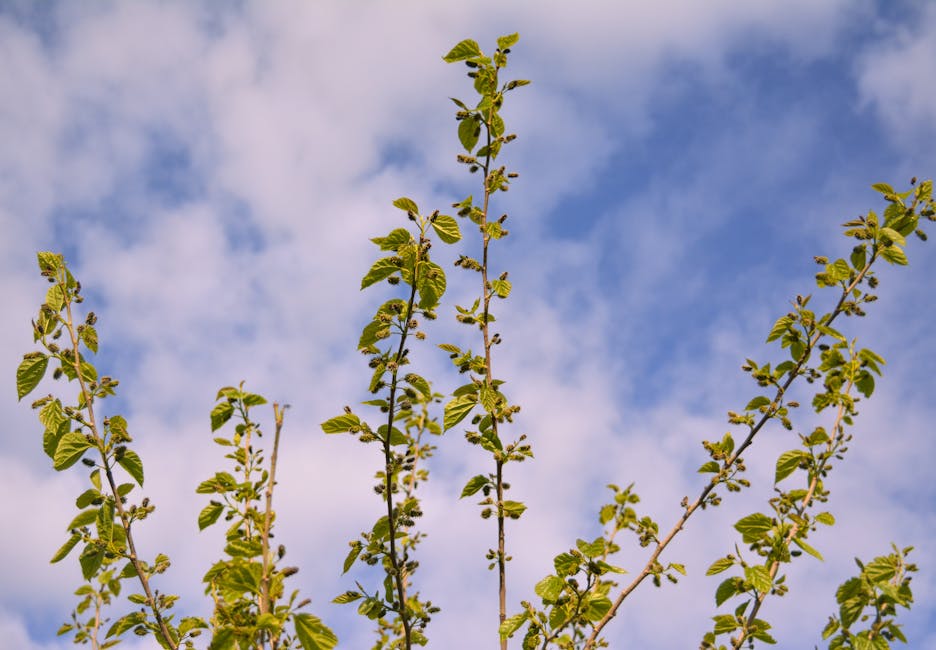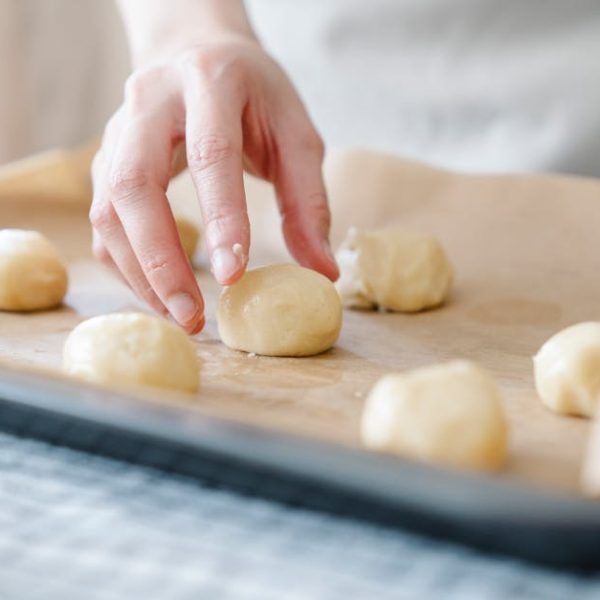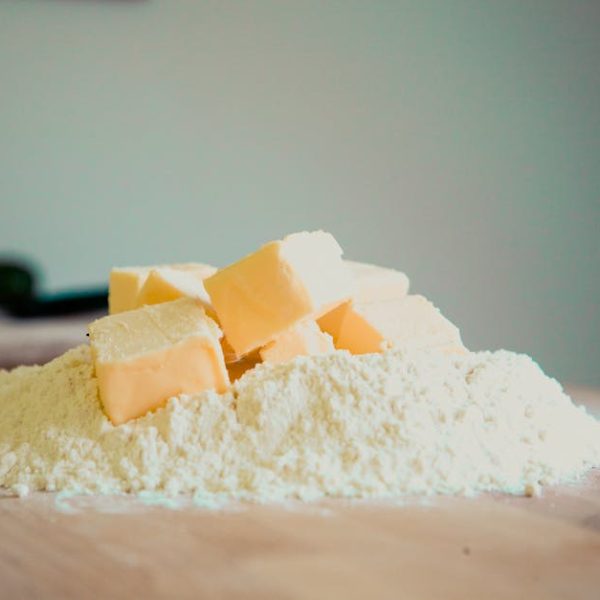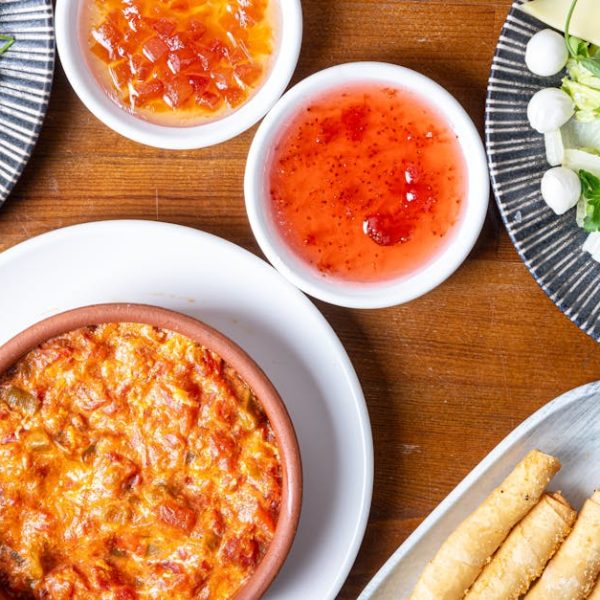Peanuts are an incredibly versatile crop enjoyed by millions around the world. Whether snacking on a handful of dry roasted peanuts, indulging in a candy bar with a crunchy peanut center, or spreading creamy peanut butter onto a slice of warm toast, peanuts are a delicious and nutrient-packed food source.
Understanding the Peanut Plant and Cultivation Process
Although often referred to as a nut, peanuts are in fact legumes. They grow in a very unique manner – after the peanut plant flowers, long stems called peduncles grow and bend towards the ground. Subsequently, the fertilized flowers burrow underground where the peanuts seeds mature. The entire growing process takes about 120 to 150 days from planting to harvesting.
Crucial to successful peanut cultivation are warm weather, light sandy soil, and adequate rainfall. These optimal growth conditions determine the size, texture, and taste of the peanut. Additionally, different geographical regions with diverse climates and resources give birth to distinct types of peanuts with unique characteristics. This variety not only adds to the culinary delight of peanut lovers but also plays a significant role in trade and economy.
**Useful Tips for Peanut Farmers:**
Plant peanuts after the last frost when the soil has warmed to avoid damaging the tender sprouts.
Chose well-drained, sandy soil for planting, and ensure around 1 inch of rainfall or irrigation per week.
Identifying the Four Basic Types of Peanuts
Peanut varieties can be broadly classified into four categories: Runner, Virginia, Valencia, and Spanish peanuts.
Runner peanuts, notable for their uniform size and taste, are primarily used in making peanut butter. Virginia peanuts, the largest of the peanuts, are known for their crunchy texture and are often used for gourmet snacks.
Spanish peanuts, despite their small size, pack a punch with their rich flavor and are commonly used in candies, snacks, and peanut butter. Valencia peanuts are sweet and usually roasted and sold in-shell or used for all-natural peanut butter.
**Comparison Table:**
| Type of Peanut | Size | Taste | Common Use |
|---|---|---|---|
| Runner | Medium | Mildly sweet | Peanut butter |
| Virginia | Large | Crunchy, mildly sweet | Snacks |
| Spanish | Small | Rich, nutty | Candy and Peanut butter |
| Valencia | Medium | Sweet | In-shell roasting |
Runner Peanuts: The Most Common Variety
Runner peanuts, with their consistent kernel profile and wonderful roasting characteristics, represent more than 80% of the U.S. peanut production. Georgia, Alabama, Florida, Texas, and South Carolina are the primary states where they’re cultivated. Notable for their high yield per acre, Runner peanuts have a mild flavor making them the optimal choice for peanut butter.
**Runner Peanut Recipes:**
Fancy a homemade peanut butter? Or perhaps a peanut-crusted chicken for dinner? Runner peanuts are your go-to varieties.
Spanish Peanuts: Small Size, Big Flavor
Tucked away in their red-brown skin, Spanish peanuts offer an intense taste that’s unparalleled. They have a higher oil content compared to other varieties which makes them ideal for the peanut candy industry, oil production, and gourmet roasting.
**Health Benefits of Spanish Peanuts:**
Spanish peanuts are rich in heart-healthy monounsaturated fats, essential vitamins such as E and B6, and beneficial plant compounds, making them a nutrient-rich food choice.
Virginia and Valencia Peanuts: The Sweet and Crunchy Varieties
While Virginia peanuts are famous for their larger size and crunchy texture, Valencia peanuts are celebrated for their natural sweetness. Virginia peanuts, originating from Virginia and the Carolinas, are often used to make gourmet snacks and are popular as in-shell peanuts at baseball games. Valencia peanuts, typically found in roasted form or used in all-natural peanut butter, are grown mainly in New Mexico.
Both these types, due to their distinct characteristics, lend themselves well to a variety of cooking techniques and cuisines, from spicy stir-fries to aromatic desserts.
**Pros and Cons: Virginia Vs Valencia Peanuts**
| Virginia Peanuts | Valencia Peanuts | |
|---|---|---|
| Pros | Large size and satisfying crunch make them an ideal snack; Cover a wide range of uses from boiling to roasting | Naturally sweeter; Excellent for making peanut butter |
| Cons | Can sometimes be too large and bulky for certain recipes | Not preferred for commercial peanut butter due to high cost |
Peanut Innovation: Hybrids and New Varieties
The art of cultivating peanuts is continually evolving. With ongoing research and breeding programs, new hybrids and varieties are emerging. These innovations aim at boosting yield, ensuring disease resistance, enhancing nutritional value, and improving taste. However, it’s crucial that these new variations maintain the characteristics that consumers have come to love about their favorite varieties.
These dynamics influence the future of peanut cultivation, production, and consumption. As farmers and scientists work together on these new possibilities, the scope for peanuts’ diversification and role in agriculture only broadens, promising an exciting future for this humble legume.
Remember to always watch for new peanut varieties and try incorporating them in your recipes. Peanuts are versatile ingredients that can breathe new life into your favorite dishes!
Key Takeaway:
- Peanuts, though often referred to as nut, are actually legumes.
- There are four primary varieties of peanuts: Runner, Virginia, Valencia, and Spanish, each with unique properties and uses.
- Runner peanuts are widely used in peanut butter production while Virginia and Valencia peanuts are favored in gourmet snacks and all-natural peanut butter correspondingly.
- Spanish peanuts are smaller, flavor-rich, and used in candies, snacks and peanut butter.
- The peanut industry is continually evolving with researchers consistently developing new hybrids to enhance yield, disease resistance, taste, and nutritional value.
Though understanding the diverse types of peanuts can seem complicated, it’s evidence of the wonderful variety nature offers us. By appreciating these differences, you can enjoy peanuts in a myriad of ways and savor unique tastes and textures. Keep expanding your knowledge, savor every bite, and never cease exploring the fascinating world of peanuts!
FAQs
Q: Can I grow different varieties of peanuts at home?
A: Absolutely! With the right growing conditions – warm weather, well-drained sandy soil, and adequate rainfall – you can experiment with growing various peanut varieties. Remember, the cultivation process takes about 120 to 150 days from planting to harvesting.
Q: Why are Runner peanuts commonly used for peanut butter?
A: Runner peanuts are favored for peanut butter due to their medium size, mildly sweet flavor, and excellent roasting characteristics. They also yield a high crop per acre, making them an economically feasible choice for peanut butter production.
Q: What makes Spanish peanuts unique?
A: Spanish peanuts, despite their small size, pack a big flavor. They have a higher oil content than other varieties, which is ideal for candy production, oil extract, and gourmet roasting. Plus, they come wrapped in an attractive red-brown skin!
Q: What are the health benefits of peanuts?
A: Peanuts are rich in heart-healthy monounsaturated fats, essential vitamins including E and B6, and beneficial plant compounds. They are a nutrient-rich food choice that can complement a balanced diet.
Q: What innovations are happening in the peanut industry?
A: The peanut industry is continuously evolving with the introduction of new hybrids and varieties. These innovations focus on boosting yield, improving disease resistance, enhancing nutritional value, and enriching flavor. They are influencing the future of peanut cultivation, production, and consumption positively.
We hope this article has been insightful and encourages you to explore the wonderful world of peanuts even further. Don’t hesitate to share this with fellow peanut enthusiasts and check our website for even more fascinating food topics.






